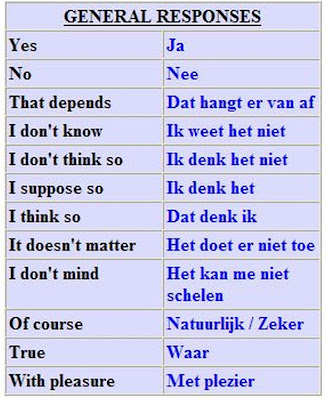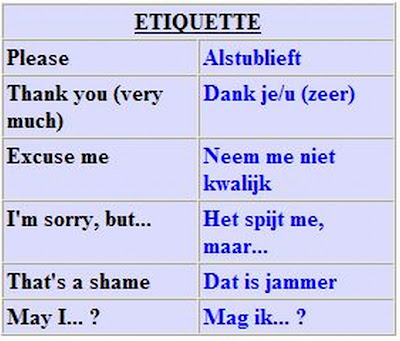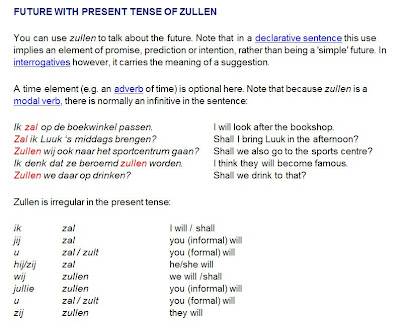
Almost entaire crew of "larians".Swen (Lar) is on the right.


 With this language, you can master not only Belgium Flanders, but Holland as well, and the language of South Africa( Afrikaans )is very similar to it. Alphabet seams familiar, but prononsiation is different.
With this language, you can master not only Belgium Flanders, but Holland as well, and the language of South Africa( Afrikaans )is very similar to it. Alphabet seams familiar, but prononsiation is different.







